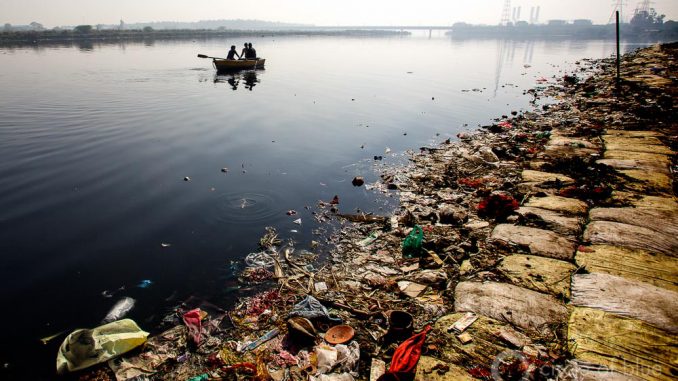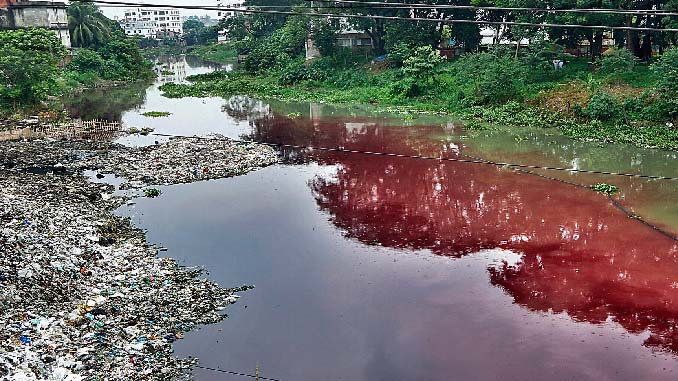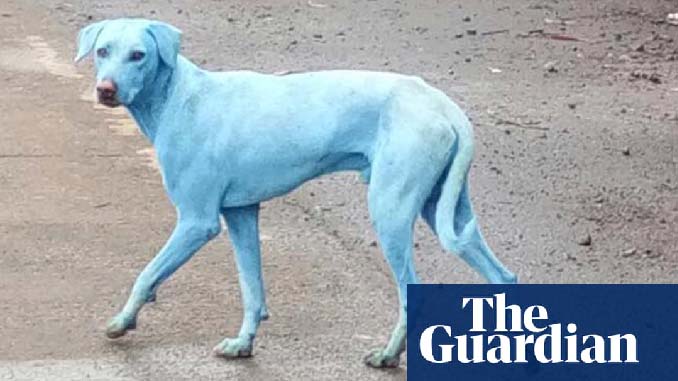Fashion Industry Linked to Water Crisis in India

The key to sustaining a nearly $2.5 trillion fast fashion industry is that the volume of clothes produced and sold is high, and prices of it low.
I've summarized below how this effects watter supply and local communities in India.
- India exports garments, fabrics and raw materials for clothing and every stage of production is heavily dependent on the consumption of water.
- This year alone, cotton exports are predicted to go up 40 percent in comparison with the previous year.
- Cotton is a thirsty crop though, requiring up to 22,500 litres of water for the production of merely one kilogramme – roughly the quantity required to make one T-shirt and one pair of jeans.
- Back in 2013, 85 percent of Indians could have been provided with enough water to satisfy their daily needs for a year with the amount of water used to produce India’s cotton exports. This is in a country where children in 100 million homes do not have access to water.
- Untreated wastewater from dyeing and bleaching units have transformed numerous Indian rivers into toxic sewers and rendered the agricultural land largely unproductive, taking away the livelihoods of thousands of farmers.
- Cancer and birth defects have been linked to the chemicals used in the production of viscose. 83 percent of the world’s viscose is sourced from India, China and Southeast Asia.
- Dystopian scenes in India are a testament to the crisis, rivers routinely run red and blue dogs (afflicted by indigo dyes) roam the streets. - Aljazeera


